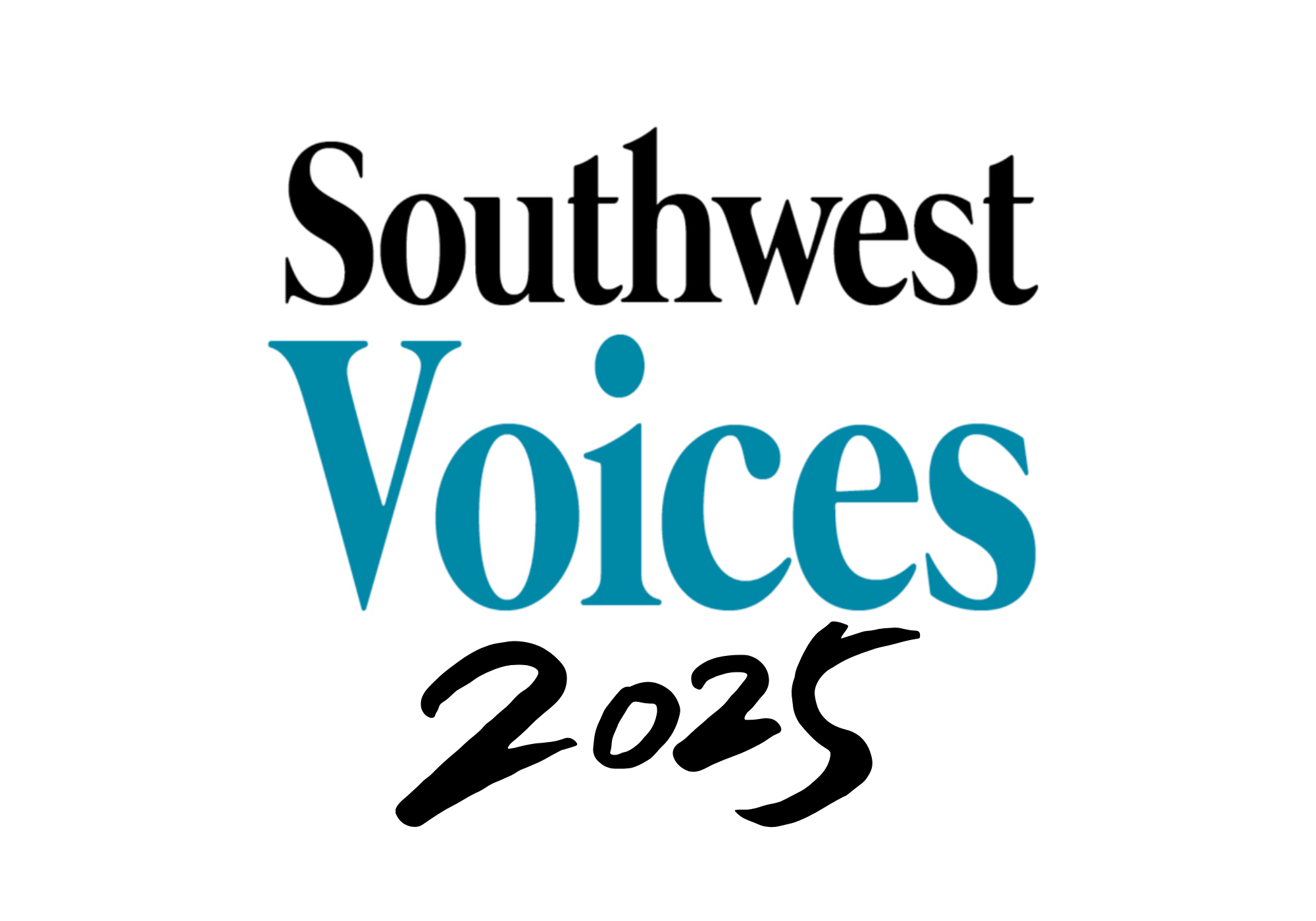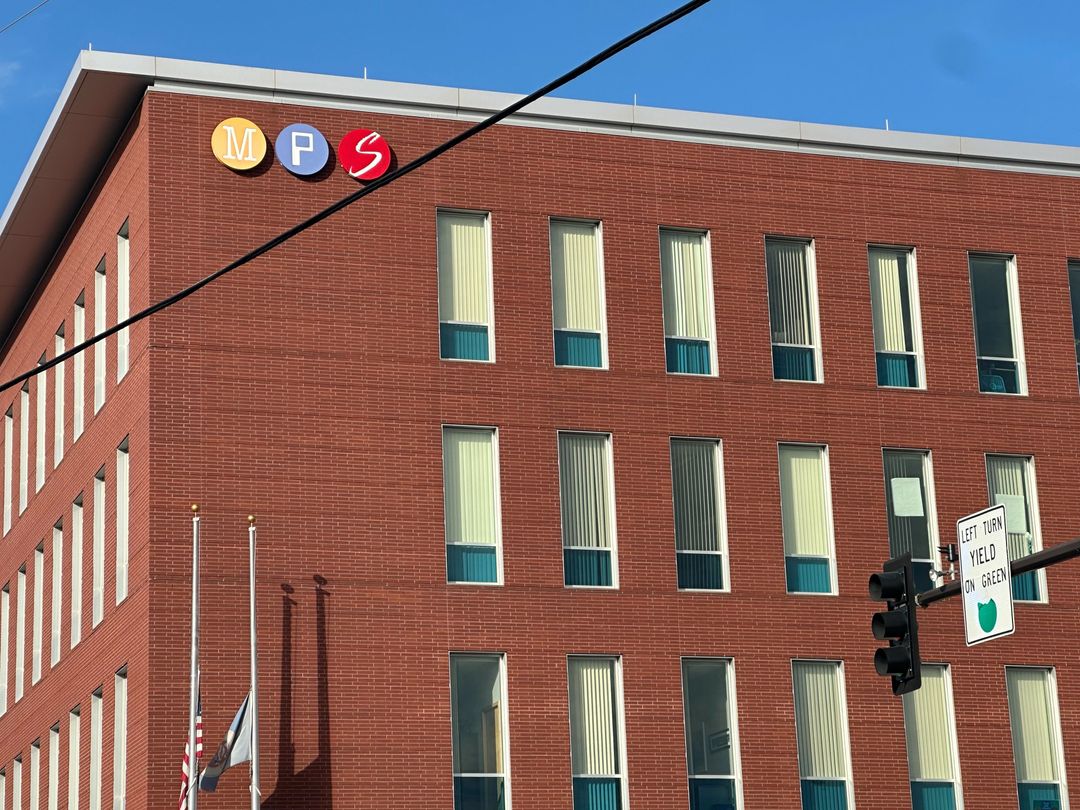This article is part of a series on how parents have processed having their kids home for distance learning this month. The families are introduced in the first article.
Socialization and mental health needs of kids
With the exception of the Anderson Wheeler Family, the three other families sent their children back to in-person learning during the 2020-2021 school year as soon as the option was available. For elementary students, MPS offered in-person school starting in February 2021. The return for high school and middle school students started with the fourth quarter and was a hybrid model in many schools. One of the reasons families sent their kids back in-person was because of the lack of socialization in the remote format, combined with the mental health challenges that presented for the students.
Anderson says that in hindsight, they might have sent Will back to in-person earlier had realized how important socialization was for him. “I didn't realize how much Will needed other students, needed his friends and peers. And I didn't realize how difficult it was not to have peers around him last year,” Anderson said. “It really put some of the challenges and difficulties that we experienced last year into perspective. My husband and I have wondered if we knew back in February of last year what we know now, would we have sent him back?”
All of the mothers noted that being around peers and being in-person at school are important for their children and their mental health. Gasca said her son Alejandro struggled with staying motivated because of the sense that nothing would ever be normal again. “There were definitely times where he's like ‘What's the point? We don't even know if life is ever gonna be normal again? We don't even know if we're gonna be able to see our friends or play sports,’” Gasca said. She said that in addition to the pandemic, the issue of police violence has made the past two years especially challenging for her and her children, who identify as Black and Mexican.
None of the families seriously considered enrolling in the online school option MPS offered to families for this school year. That option required families to unenroll from their community or magnet school and enroll in a separate school that is fully online for the entire school year. There is currently a waiting list of families in the district who would like to enroll in that option.
The loss of instructional time and learning, especially for elementary students
When MPS students moved to the online learning model, both last school year and now, there have been differences in how schools implement the model depending on the grade level. Elementary schools have had a mix of synchronous live instruction and asynchronous assignments that students complete on their own, without their homeroom teacher being online to assist them. For middle and high school students, their in-person schedule has been replicated online, with a series of distinct classes with different teachers. For elementary students, the parents we spoke with said this model means they aren’t learning as much material online as they do in person.
“For Oscar, the online stuff is like doing worksheets. It kind of gets mindless and tedious and it almost feels like busywork for busy sake,” Scott said. But when Oscar was back in-person, she felt like he was getting much more instructional time. With the current shift to distance learning, her son is back to having less instructional time.
The results of the district’s own assessments show that students aren’t learning as much in reading and math across all grade levels in distance learning. While the district was seeing a 2% reading proficiency growth per year before the pandemic, it saw declines in proficiency across grade levels and all demographic categories last year. Declines in proficiency rates were higher for students of color than for white students.
Impact on mothers’ participation in workforce
All four mothers work either part-time or full-time and said that online learning has impacted their ability to work effectively. Gasca switched from part-time to full-time work between last school year and this year. While she has been able to work from home during the entire pandemic, she said it has been much more challenging helping her niece and nephew this year while working full-time than it was last year when she was working part-time and only helping her son and daughter with distance learning. While Gasca and her children are vaccinated, her niece and nephew are not vaccinated. They were recently exposed at school and required to quarantine before the district switched to online learning. “I still work from home, but it's almost impossible to work when you have children that are that little,” Gasca said.
Many school districts, especially suburban districts and private schools, have been able to remain in-person this whole time. Spafford Omar works for a local company. “A lot of my colleagues live outside of Minneapolis. Their kids are in-person, and it's hard to hear that because then you feel like our kids are taking the brunt of this, because we're doing the good and right and safe [thing],” Spafford Omar said. “That's a hard comparison. If you add it up over the past two years, there are students, particularly in Minneapolis, who have been out of buildings much longer than students in other parts of, not just the metro, but the state as a whole.” She says that when her kids are in distance learning, she feels like she and her husband never put in a full day of work because of the time it takes to help her children with their school.
Absence of other community supports for families, and need for help

Families depend on their schools for support through normal times, but especially during challenging times like the past two years. In addition to educational support, MPS provides nutrition services and mental health support for students. Last year, families could pick up a box of food each week for every child that lives in the city of Minneapolis. When MPS returned to in-person learning this fall, the food box program ended. MPS is still using federal funds to provide free breakfast and lunch to every student in the district.
During this current switch to online, families must go to school each day to pick up bagged breakfast and lunch to obtain free meals. Gasca says this creates a real challenge for working families, because the hours are limited, happen during the typical work and school day, and require families to go on-site every day, instead of once per week. “It is expensive to have four kids at home eating all day. Breakfast, lunch, dinner, snacks, everything in between. It adds up. The food goes fast, ” Gasca said. Gasca’s nieces and nephew have mental health therapy through MPS. For Kali and Diego, she finds the online appointments do not work for them because they are so young. Her older children have accessed telehealth therapy and found that it is more suitable for their ages. She thinks there should be a stipend for families to help them hire babysitters or relatives to help their children with distance learning while parents have to work.
Scott said that it has been important for her family that her younger son Leo is still able to attend preschool in-person. In addition, her family brought back their trusted babysitter last fall to help them manage. Anderson said of her full-time nanny, “I do not know how I would have managed without Rosie.” During in-person learning, Gasca was able to utilize the Park Board’s Rec Plus program, for before and after school care for Kali and Diego. When MPS transitioned to online learning recently, Gasca opted not to utilize the program. The program required a definitive commitment, but couldn’t guarantee sufficient staffing to stay open. In addition, Kali and Diego are not vaccinated and would be subject to quarantine if they were exposed while at the program.
Parents say benefits of in-person school now outweigh risks of COVID for their kids

MPS has moved back to distance learning temporarily because of COVID-related teacher and staff absences across the district. Many students were also absent either because of illness, quarantine, or a fear of a COVID infection in their school building. But the four mothers I spoke with said that overwhelmingly, the benefits of in-person school outweighed their perceived risk of COVID infection from school exposure.
Anderson said her family has been very cautious about COVID exposure for two years, “School will still be the only group activity that we do as a family and we feel like the risk benefit is worth it for our family to return to in person. It also is a big deal that Will has been able to get vaccinated,” Anderson said.
Gasca noted that her daughter Kennedy, 13, received many exposure notifications at school this fall, but that she never tested positive and didn’t have to quarantine because she was vaccinated before school started. Kali and Diego are not vaccinated, and were quarantined after exposure at school just before MPS switched to online learning.
Spafford Omar also said the vaccination has made her feel safer sending her kids in-person. This fall her sixth graders were quarantined multiple times because at the time they were too young to be vaccinated. “You do feel like you're sending them out into the wild and you know as good of a job that they try to do at the schools, you know they're being exposed. So that was just a risk we were willing to take,” Spafford Omar said. In early December both kids were fully vaccinated. “We felt like OK, they're fully inoculated now, so that went into our decision making process too,” she said.
When their students were in quarantine, Spafford Omar and Gasca both said that the instruction their students received was very limited, almost entirely asynchronous, and depended a lot on the particular teacher the students had.
Hope for the remainder of the year
MPS has announced that students will return to in-person learning on Jan. 31. The parents we talked to were not looking for MPS to take any additional mitigations around COVID before returning in-person. One of the requests by staff has been to make improvements to COVID mitigations in schools, including providing high quality masks, like N95 or KN95 to staff and students. At the Jan. 25 MPS School Board meeting, the board announced that the district is in the process of obtaining more KN95 masks to be distributed to students and staff, as well as test kits that students can use to voluntarily test at home.
None of the families we spoke with were aware that the district currently has mandatory weekly testing for all staff and volunteers, with the option to opt-out if fully vaccinated, or that the district is now requiring all varsity athletes to test weekly or be fully vaccinated to opt-out of testing. After learning about the vaccination or test option for staff and student athletes, Scott said, “For myself I would love that to be extended for the general population, and then if you are unable to be vaccinated, to have that doctor's note.”
Prior to MPS announcing its Jan. 31 in-person return, Spafford Omar said she was concerned the distance learning would be extended. “I hope it doesn't,” she said. Even though her kids struggle with online learning she said, “the decision needs to be made that benefits all students and is equitable. So I guess this is a long way of saying I support what the district will decide.”

.jpg)







